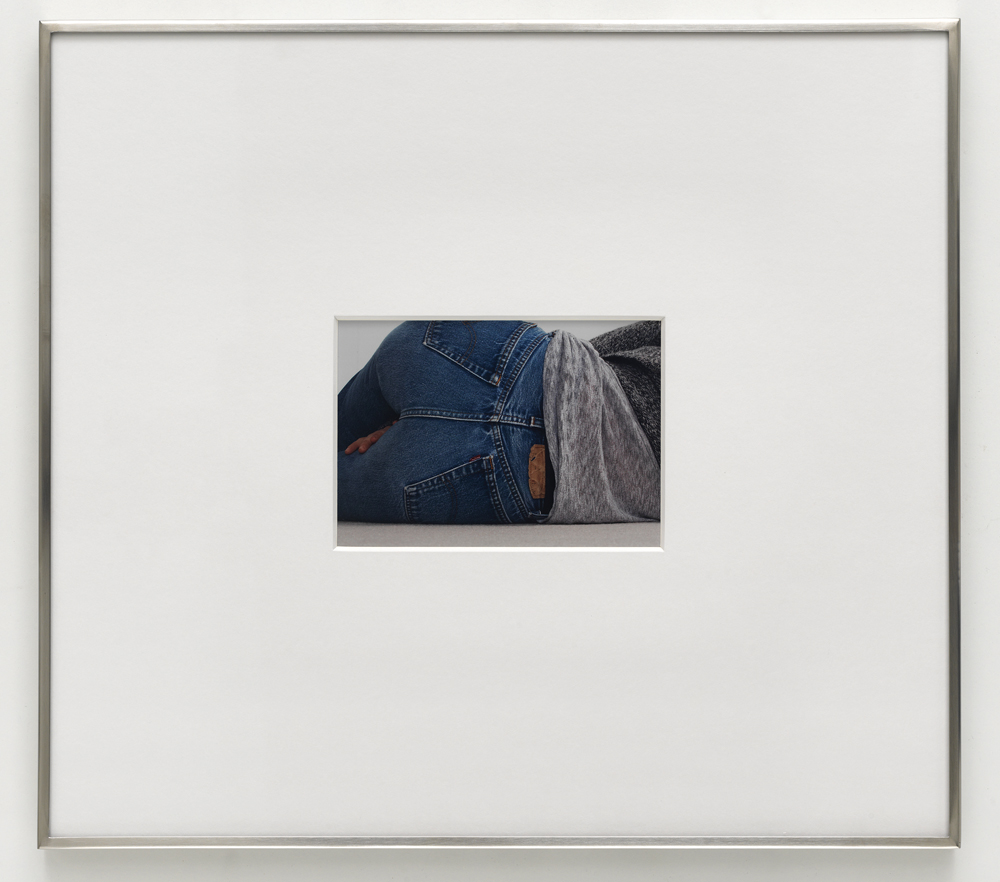Talia Chetrit

ABOVE: TALIA CHETRIT’S UNTITLED, 2013.COURTESY OF LESLIE FRITZ GALLERYANDTALIA CHETRIT.
What lies beneath Talia Chetrit’s disarmingly formal photographs is a complicated network of psychological, personal experiences. The 31-year-old New York-based artist doesn’t just shoot a photo—she digs deep into a situation, finds the nerve endings, and takes a picture of it. One example is the 2011 photo Handstand, where she asked her boyfriend’s ex-girlfriend—whom she barely knew—to pose for a nude portrait, so as to inject some non-retinal, interpersonal tension into the image. One of her favorite photos is one she took of a “postcoital imprint” of sweat on a piece of paper, which looks as unassuming as a gentle black-and-white watercolor. For Chetrit, the photos are experiential documents. “I think my first show was a failure and it changed my thinking,” she admits. “I learned that instead of thinking about single pieces in a show, I should be thinking about each show as a piece.”
Chetrit’s images continually plug in to some fundamental archetype of photography—still life, fashion, commercial, portraiture. Her most recent series inhabits the traditional family photo, although by a markedly untraditional method. Half the work stems from some of the first rolls of film she ever took for her first photography course as a young teenager growing up in Washington, D.C. The other half is an attempt to portray her family members as they are today. On its own, the work is subtle and elegant. But in the context of her larger project—in which intimacy, image, and backstory unite—the photos become documents of a performance that spans 18 years, chronicling what age has done to her kin. “Reworking images I shot when I was 13 allowed me to reconsider how I was using photography then,” she says. “As an adult, relooking at those images, it made me want to return to photographing my parents, to record the passing of time.”
Despite the often disorienting and sometimes optically tricky nature of her visuals, Chetrit, on principle, doesn’t manipulate her photographs. The goal, she says, is to be “limited to what’s actually in front of you. But by isolating it and decontextualizing it, you can present something that never existed.” She plays with the eye’s faulty abilities to capture life as it truly is, and she allows the undulating resonance of context and experience—not a computer—to transform reality into a work of fiction.






